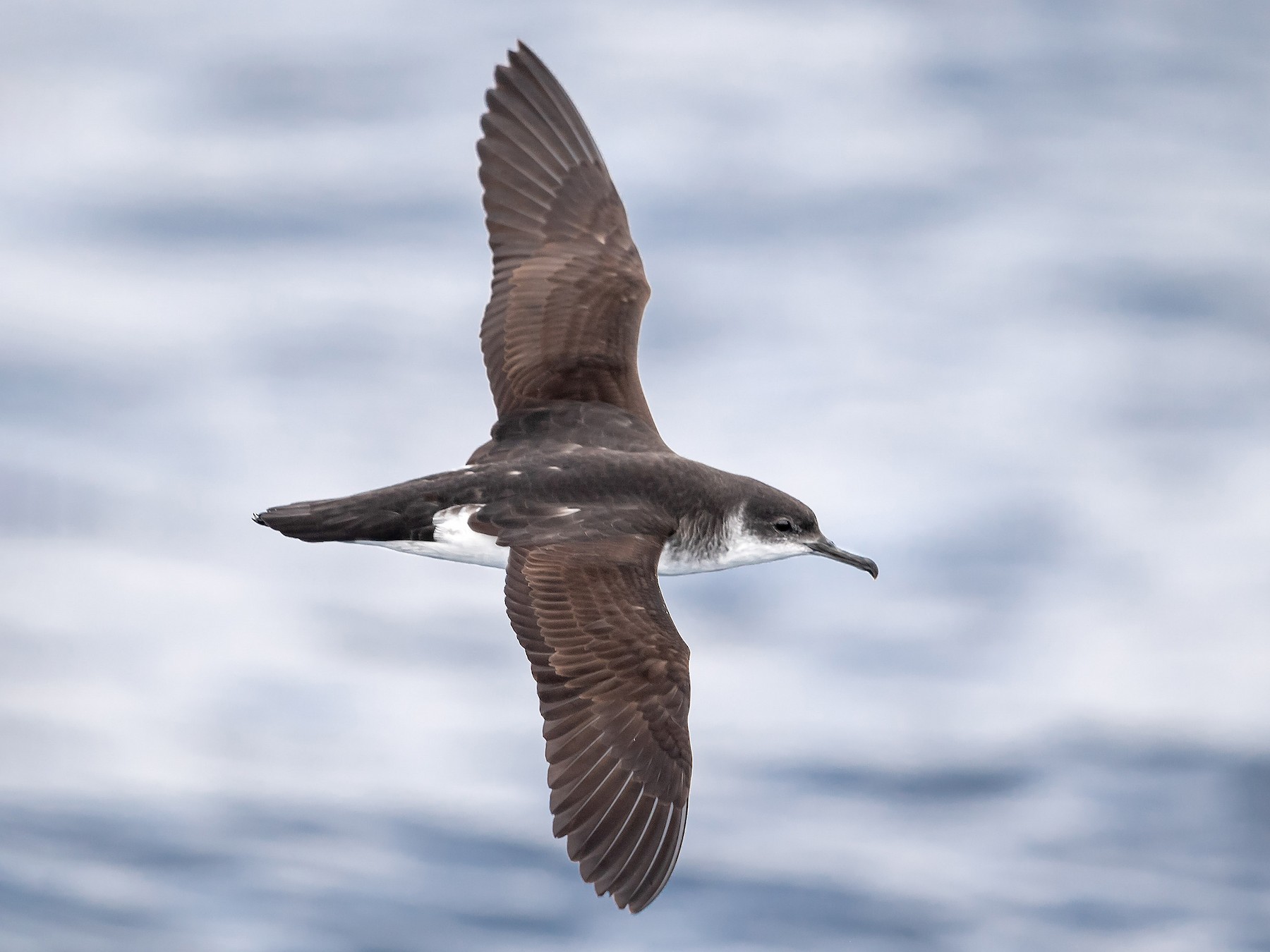Welcome to another exciting journey into the world of wildlife! Today, we will be delving into the incredible realm of the Manx Shearwater, a remarkable seabird with unique characteristics. Join me as we discover where we can observe these fascinating creatures and learn about the importance of their conservation efforts
Where to Spot the Manx Shearwater:
The Manx Shearwater, scientifically known as Puffinus puffinus, is a medium-sized seabird that spends the majority of its life in the open ocean. However, during the breeding season, these enigmatic birds grace specific coastal regions, providing nature enthusiasts with a rare opportunity to witness their remarkable behaviours
Skomer Island, Wales:
One of the most renowned locations to observe Manx Shearwaters is Skomer Island, located off the coast of Pembrokeshire in Wales. Skomer Island is home to one of the largest colonies of these seabirds, with around120,000 breeding pairs. Visitors can experience an unforgettable spectacle as thousands of Manx Shearwaters return to their burrows at dusk, creating a mesmerizing display known as the “Shearwater Dance.”
Pembrokeshire Coast National Park:
The Pembrokeshire Coast National Park provides further opportunities to catch a glimpse of these incredible birds. Spectacular boat trips along the coastline offer visitors a chance to witness Manx Shearwaters gliding effortlessly over the waves, diving for fish, and displaying their graceful flight patterns
Copeland Islands, Northern Ireland:
Situated off the coast of County Down in Northern Ireland, the Copeland Islands offer another fantastic location to observe Manx Shearwaters. These islands provide vital nesting sites for these birds, and visitors can witness their incredible migration patterns during the summer months. Guided tours are available, providing visitors with a unique insight into the lives of these fascinating seabirds
Conservation Efforts:
The Manx Shearwater faces numerous conservation challenges due to human impacts and environmental changes. Efforts are being made globally to protect and conserve these remarkable birds and their habitats. Here are a few key conservation initiatives:
Protection of Breeding Sites:
Conservation organizations work tirelessly to protect the breeding sites of Manx Shearwaters, ensuring they have safe, undisturbed areas to nest and rear their young. By implementing restrictions and managing visitor numbers, these organizations reduce potential disturbances and safeguard the birds’ reproductive success
Reducing Light Pollution
Manx Shearwaters rely on the cover of darkness to navigate during their nocturnal flights. Artificial lights, such as those from coastal development, can disorientate these birds, leading to collisions and a decline in their population. Efforts are being made to minimize light pollution and educate coastal communities about its impact
Advocacy and Research
Conservation groups actively engage in research and advocacy to raise awareness about the Manx Shearwater’s plight. They collaborate with local communities, governments, and researchers to promote responsible tourism, conduct scientific studies, and lobby for legislation that supports the protection of these seabirds and their habitats
Conclusion
The Manx Shearwater is an extraordinary seabird that captivates the hearts of birdwatchers and nature enthusiasts alike. From Skomer Island to the Copeland Islands, these coastal regions offer a glimpse into the lives of these remarkable creatures. By supporting conservation efforts and promoting responsible tourism, we can contribute to the long-term survival of the Manx Shearwater and ensure future generations can experience the magic of these magnificent birds in the wild.

